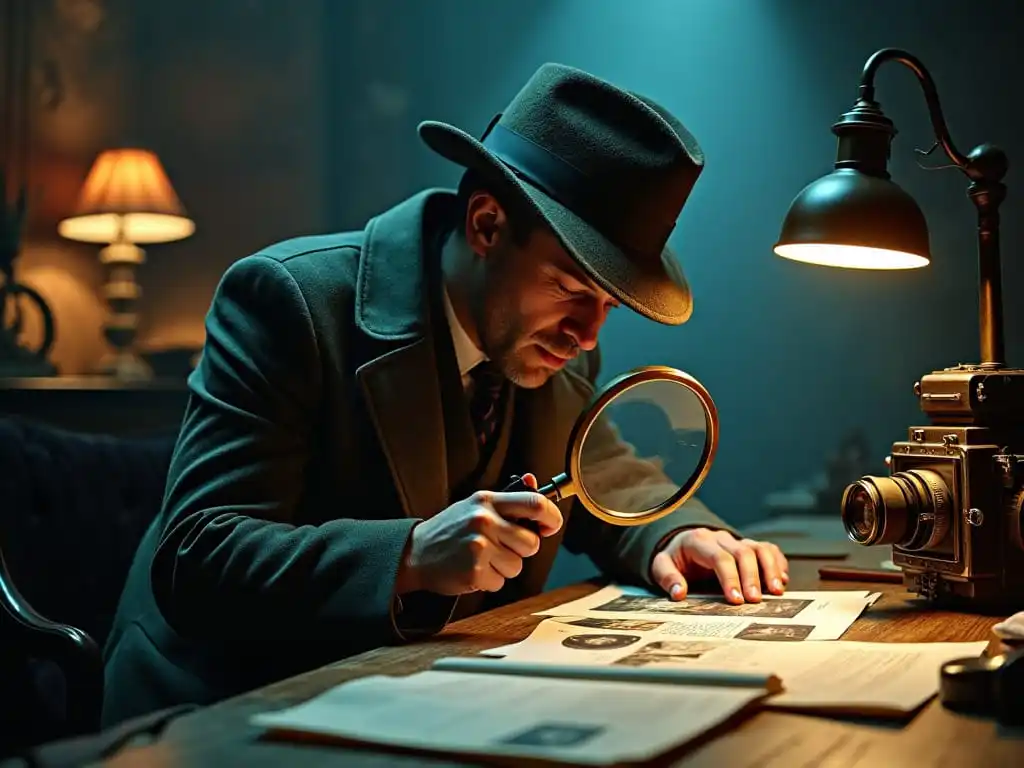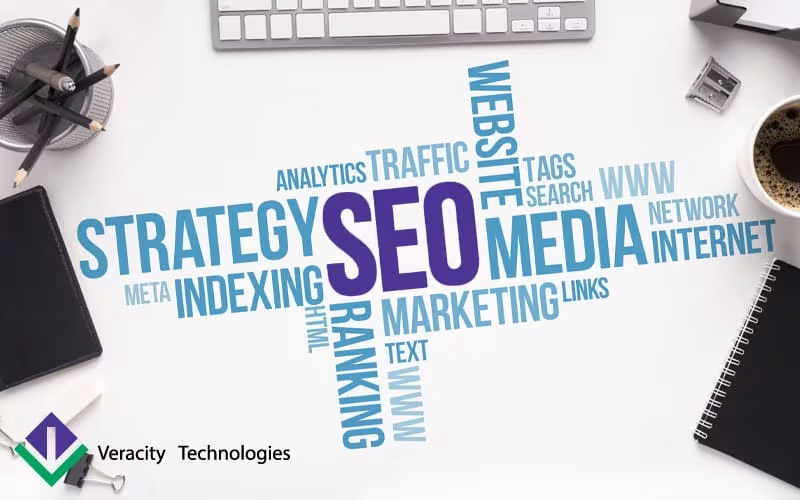Finding high-quality, royalty-free images for your blog can be a challenge, but there are many free options available. Public domain and Creative Commons-licensed images are excellent choices. Let’s explore some of the available options.
Why It’s Important to Use Rights-Free Images
Every artist, writer, or creator has a legal right to the works that they create. It’s their intellectual property. As a creator, you should respect those rights. Using copyrighted images without written permission can lead to lawsuits, fines, and takedowns.
Public Domain and Creative Commons Licenses
You may have heard the terms “public domain” and “creative commons license.” Works in the public domain may be used freely without obtaining permission from or compensating the copyright owner. For example,’ Steamboat Willie’ is now in the public domain, which means you can use that character without attribution to Disney.
Creative Commons licenses give everyone a standardized way to grant the public permission to use their creative work under copyright law. There are six different license types with various levels of restrictions. The licenses and CC0 cannot be revoked. This means once you apply a CC license to your material, anyone who receives it may rely on that license for as long as it is protected by copyright, even if you later stop distributing it.
Where to Find No-Cost Royalty-Free Images
There are many reliable sources for no-cost images. These include Pixabay, Wikimedia Commons, Library of Congress, and Pexels. Getty Images now owns Unsplash, so you must be diligent about your chosen images and how you attribute them to your content.
Pixabay (owned by Canva) is a vibrant community of creatives who share royalty-free photos, videos, audio, and other media. Pixabay releases all content under the Content License, which makes it safe to use without asking for permission or giving credit to the artist – even for specific commercial purposes.
Wikimedia Commons, a site owned by the same nonprofit that runs Wikipedia, is another excellent place to find free images. While all the photos here are free, they have different licenses and usage requirements.
The Library of Congress has an entire digital collection of free images you can use. As noted on its site, it houses content that it believes is “in the public domain, has no known copyright, or has been cleared by the copyright owner for public use.
Pexels provides high-quality and completely free stock photos licensed under the Pexels license.
How to Properly Credit the Artist
Unfortunately, not all royalty-free images are free from attribution, and you’ll need to refer to the platform where you downloaded the image. Pexels typically do not require attribution. Pixabay will provide you with an info box on the image if you’re required to attribute the artist and give you the link to the license. Unsplash will give you a pop-up with code you can use on your site or in a social media post.
When you upload an image to WordPress, you can add attribution information to the caption. That way, the image is presented in a manner consistent with your site theme, and you’re giving credit where credit is due.

Alternatively, your theme may not display the caption if you use the image as your blog post’s featured image. In that case, at the bottom of the post, you can add a text blog attributed to the artist.
Summary
Finding high-quality, royalty-free images for your blog is essential but requires careful consideration to avoid legal issues. Public domain and Creative Commons-licensed images are safe options, but each type has different usage rights and restrictions. Reliable sources for free images include Pixabay, Wikimedia Commons, the Library of Congress, and Pexels, though some require proper attribution. Understanding the terms of use for each image and providing credit where necessary to respect intellectual property rights is essential.
Featured image created using NightCafe with the following prompt: Detective in a classic Sherlock-inspired outfit, wearing a suit and deerstalker hat, examining photographs with a large, ornate magnifying glass, in a mysterious, dimly lit room with scattered papers and vintage camera equipment, blended aesthetic of Jim Kay’s atmospheric lighting, Syd Mead’s industrial details, and Zdzisław Beksiński’s surreal, dreamlike quality.




